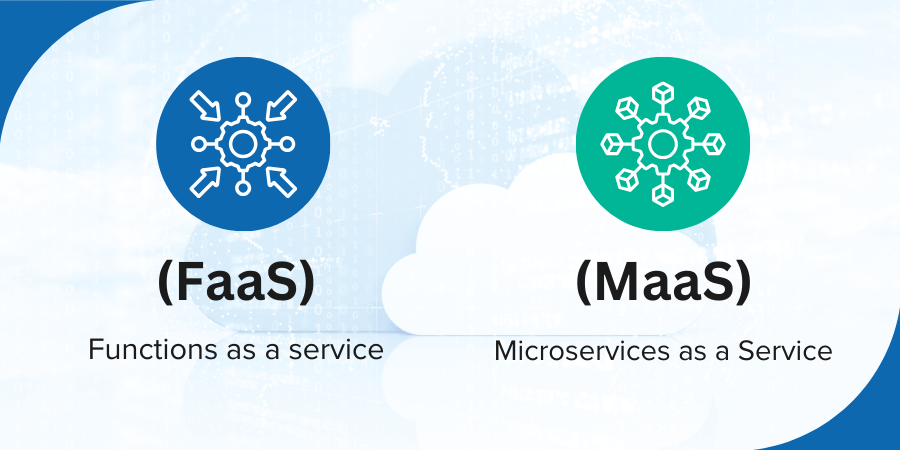
In cloud computing, two paradigms are reshaping how we build and deploy software: Functions as a Service (FaaS) and Microservices as a Service (MaaS). These models are game-changers, providing unprecedented flexibility and efficiency. Let's explore what they are, how they differ, and how we can leverage them for our next project.
Think of FaaS as a way to run our code without worrying about servers. Imagine we have a piece of code that only needs to run when a specific event occurs, like a user uploading a file or a new message appearing in a queue. With FaaS, we can write this code as a function and let the cloud provider handle the execution whenever that event happens.
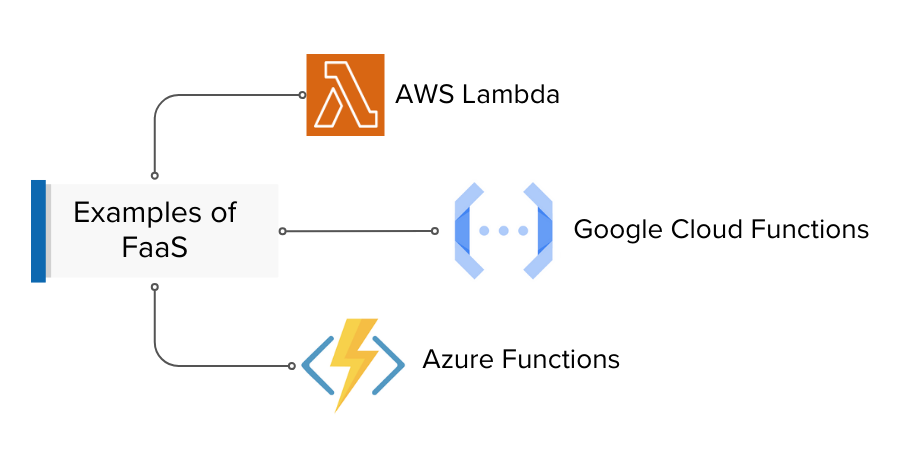
AWS Lambda, Azure Functions, and Google Cloud Functions are three popular examples. A few characteristics of FaaS are:
- Event-Driven Execution: Our functions run in response to events. For example, using AWS Lambda, we can trigger a function whenever a file is uploaded to an S3 bucket.
- Scalability: Our functions scale automatically. If a million events happen, our cloud provider ensures a million instances of our function run.
- Cost-Efficiency: We only pay for the actual execution time. If our function runs for 200 milliseconds, we're only billed for that.
- Rapid Development: Deploying a function is quick and easy. We write our code, upload it, and it's live.
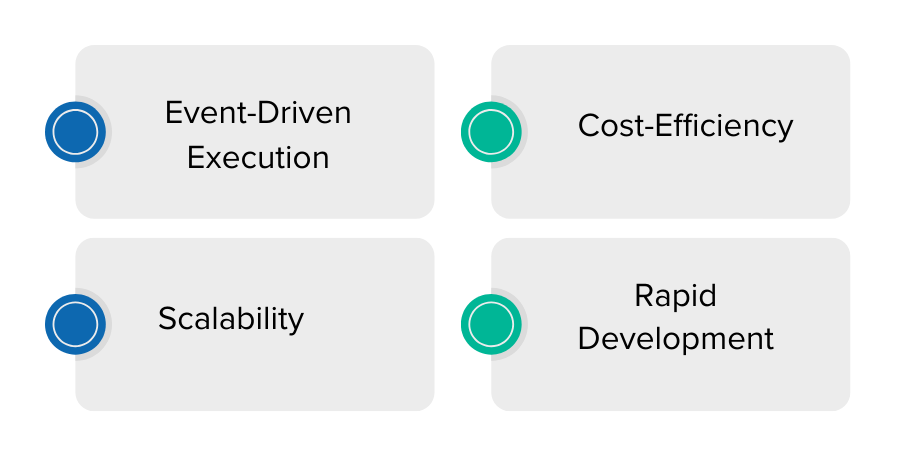
If we want to use FaaS, imagine we're building a photo-sharing app. When users upload photos, we want to generate thumbnails automatically. With FaaS, we can write a function that creates thumbnails whenever a new image is uploaded to our storage service. There is no need to manage servers—we just write the function and set up the trigger.
Now, let's talk about MaaS. While FaaS deals with individual functions, MaaS is about running entire microservices in the cloud. Microservices are small, self-contained pieces of an application, each responsible for a specific business function.
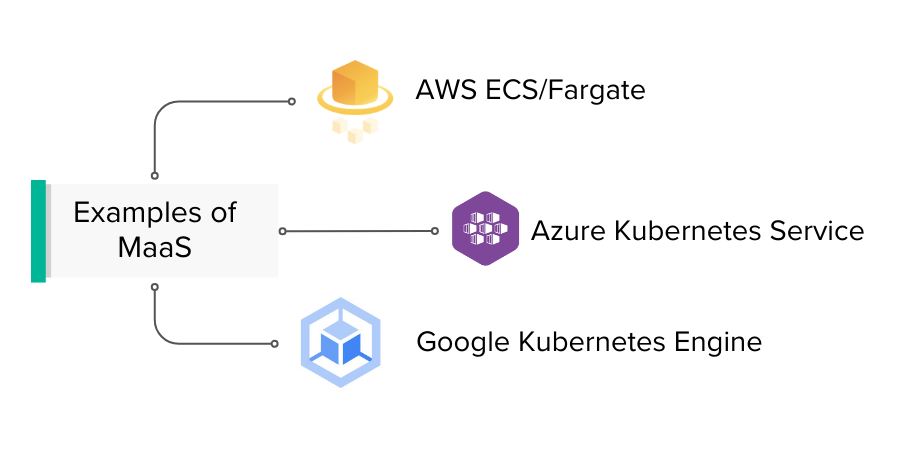
AWS ECS/Fargate, Azure Kubernetes Service (AKS), and Google Kubernetes Engine (GKE) are three famous examples. The key characteristics are:
- Service Independence: Each microservice operates independently. For example, in an e-commerce app, we may have separate microservices for user authentication, product catalog, and order processing.
- Scalability: Microservices can be scaled independently. If our product catalog service gets more traffic, we can scale it up without affecting other services.
- Continuous Delivery: MaaS supports CI/CD pipelines, making deploying updates frequently and reliably easy.
- Technology Diversity: Different microservices can use different technologies. For example, we might use PHP for our user service and Python for our recommendation engine.
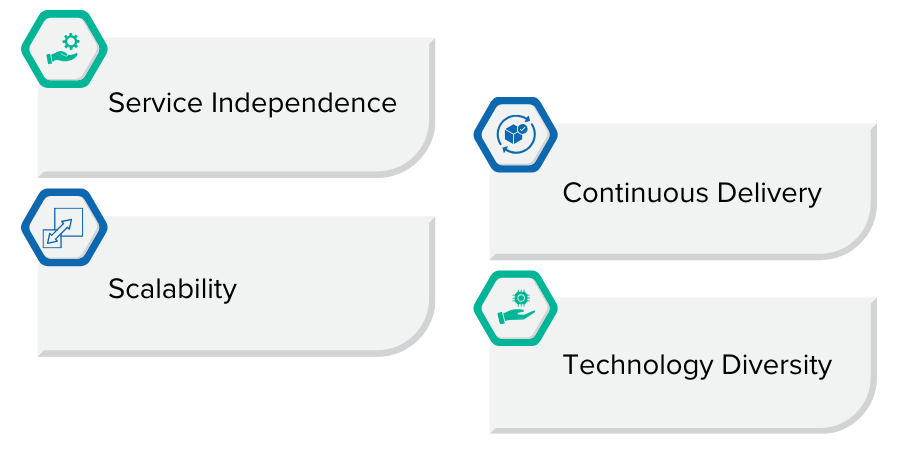
On the Batoi RAD Platform, a microservice is composed of PHP classes, MySQL tables, authentication and authorization rules, and API fabrics. Moreover, an RAD application may be bundled into a container as a 'bigger' microservice. This approach aligns with standard concepts of microservices, which emphasize modularity, independence, and the ability to scale and manage each component separately. The microservices can efficiently handle various business logic and data storage needs using PHP classes and MySQL tables. Authentication and authorization rules ensure secure access, while API fabrics provide seamless communication between services.

Let’s consider a travel booking platform. We can have separate microservices for flight bookings, hotel reservations, and payment processing. Each microservice can be developed, deployed, and scaled independently. This modular approach makes it easier to manage and evolve the platform. To see how these two approaches stack up, let's look at their differences side by side:
| Feature | FaaS | MaaS |
|---|---|---|
| Granularity | Function level (small units of code) | Service level (self-contained services) |
| Trigger Mechanism | Event-driven | API-driven |
| State Management | Stateless | Stateful |
| Scalability | Automatic, based on event triggers | Independent, per microservice |
| Deployment Complexity | Low (focus on function deployment) | Moderate to high (requires orchestration) |
| Resource Management | Managed by provider (serverless) | Managed by user (containerized) |
| Use Case Suitability | Short-lived, single-purpose tasks | Complex, long-running applications) |
| Development Speed | Rapid, with a focus on individual functions | Moderate, involves managing microservices |
| Cost Model | Pay-per-execution | Pay-per-resource allocation |
On the other hand, MaaS shines in its modularity, as each microservice is a separate entity, promoting better organization and maintainability. Scalability of different parts of our application independently based on demand optimizes performance. Flexibility is another advantage, allowing us to use the best tools and technologies for each microservice, optimizing performance and development speed. Example use cases for MaaS include complex enterprise applications such as CRM or ERP systems with many interconnected components, e-commerce platforms where different services handle inventory, user management, and order processing, and multi-tiered web applications with separate services for frontend, backend, and database layers.
In conclusion, FaaS and MaaS are powerful models that offer distinct advantages for modern software development. FaaS is ideal for handling event-driven, stateless functions quickly and cost-effectively, while MaaS is perfect for building scalable, modular applications with independent microservices. By understanding and leveraging these technologies, programmers and cloud architects can create more efficient, scalable, and resilient applications in the cloud.








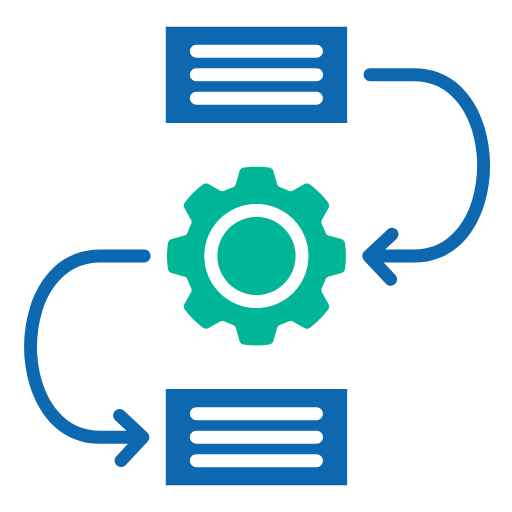


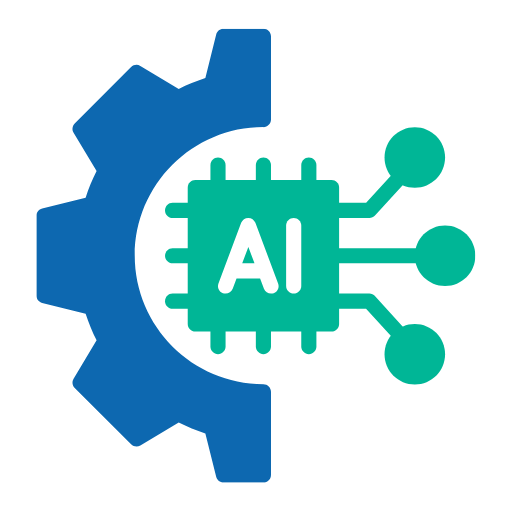

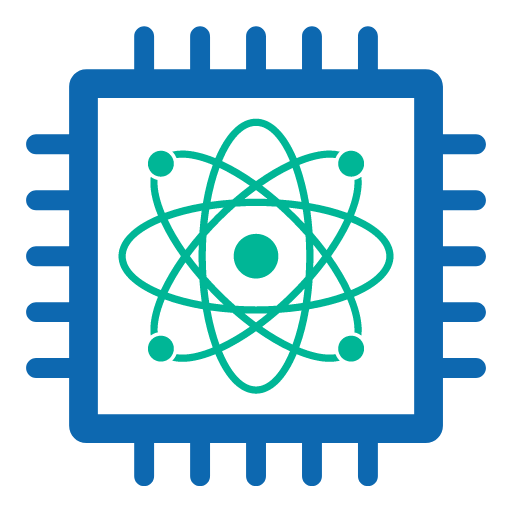
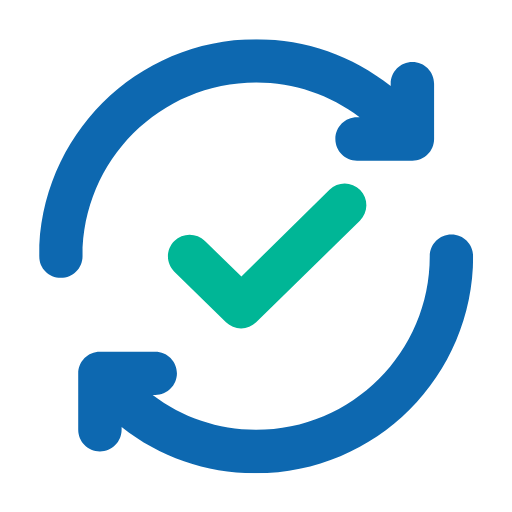
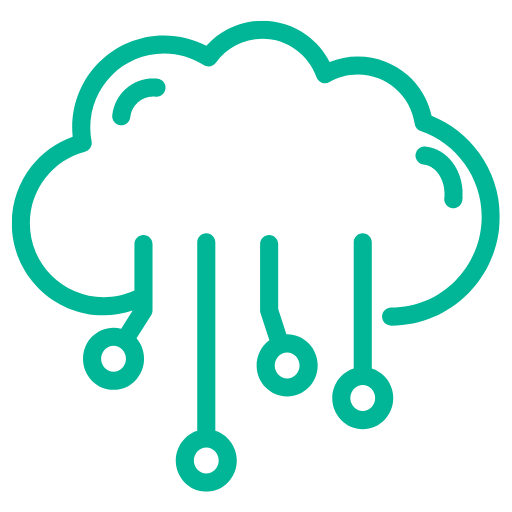






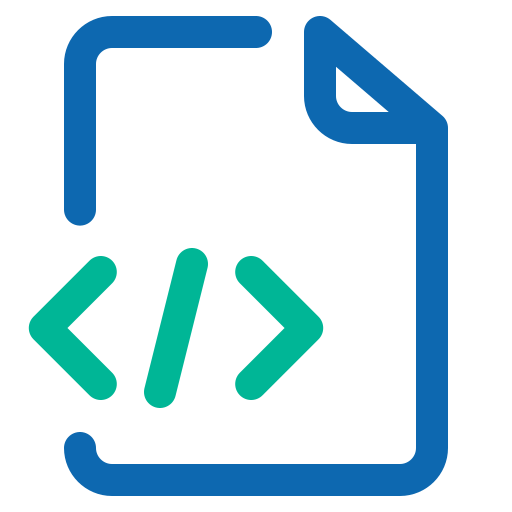
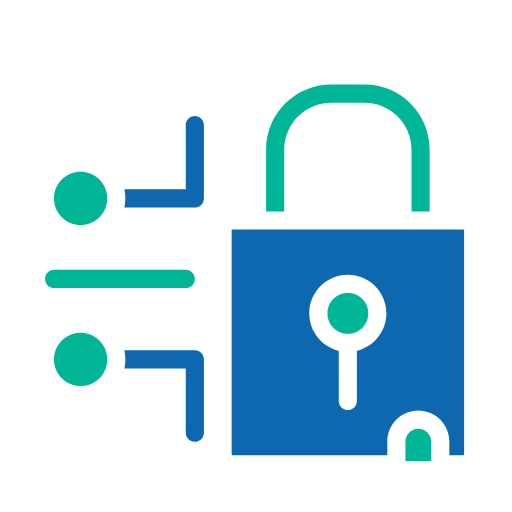



 Batoi Corporate Office
Batoi Corporate Office